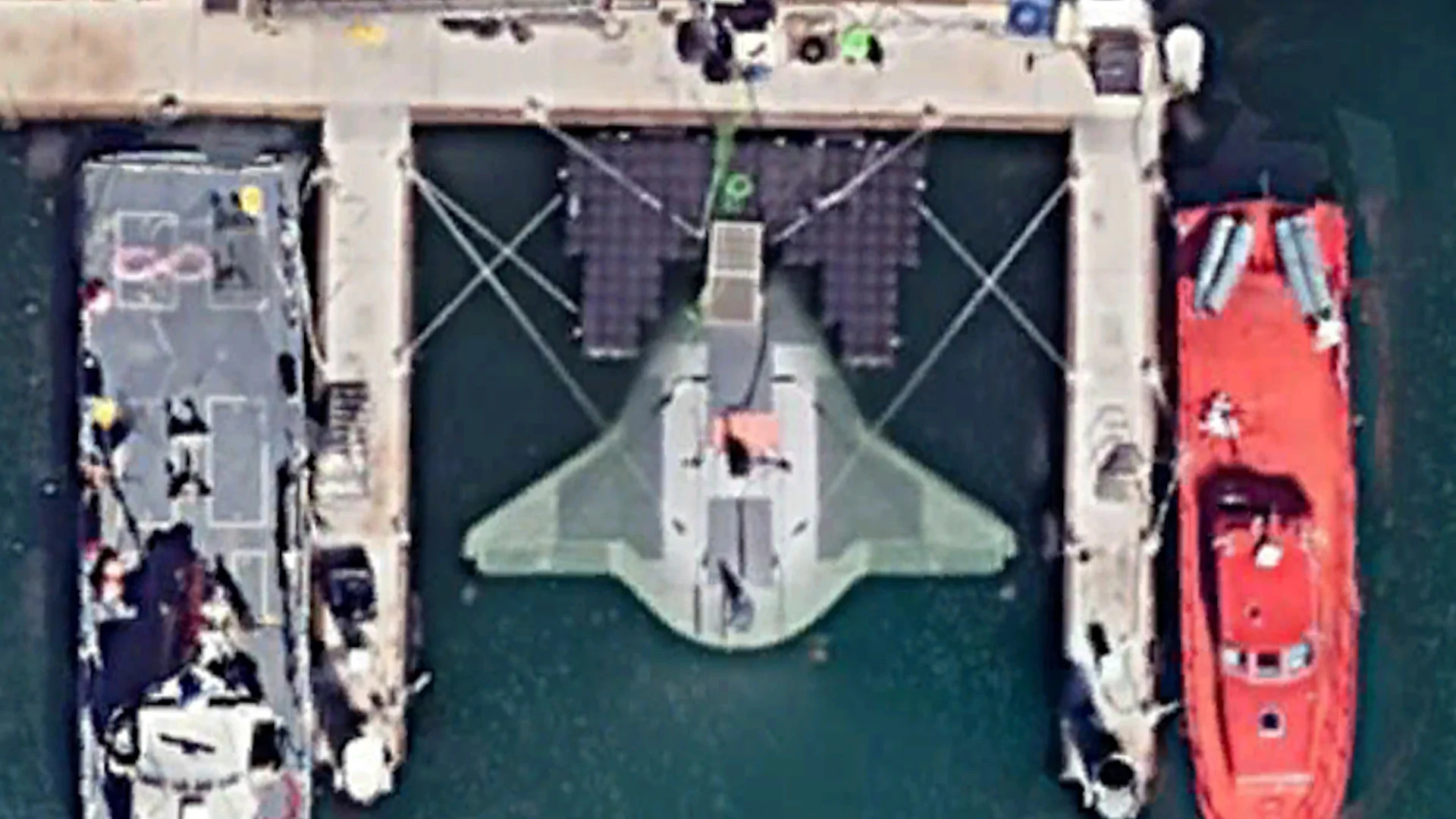The Defense Department’s advanced missile tracking satellites logged their first views of a hypersonic flight test this week, according to the Missile Defense Agency.
MDA didn’t disclose the date of the flight, which took off from Wallops Island in Virginia.
“Initial reports show the sensors successfully collected data after launch,” the agency said in a June 14 statement. “MDA will continue to assess flight data over the next several weeks.”
The two Hypersonic and Ballistic Tracking Space Sensor satellites are part of the Space Development Agency’s constellation of spacecraft hypersonic weapons or vehicles, which can travel at speeds of Mach 5 or higher.
— eight from SDA and two from MDA. SDA did not immediately confirm whether its satellites also tracked the launch.
While the MDA and SDA sensors were developed through separate programs, future tranches of SDA spacecraft will combine the capabilities, incorporating the medium-field-of-view sensor featured on the HBTSS satellites. The HBTSS sensors are can track dimmer targets and send data to interceptors.
The constellation will eventually include 100 satellites providing global coverage of advanced missile launches. For now, the handful of spacecraft offers limited coverage. SDA Director Derek Tournear told reporters in April that coordinating tracking opportunities for the satellites is a challenge because they have to be positioned over the venue where missile tests are being performed.
He noted that along with tracking routine Defense Department test flights, the satellites are also scanning global hot spots for missile activity as they orbit the Earth.


